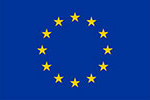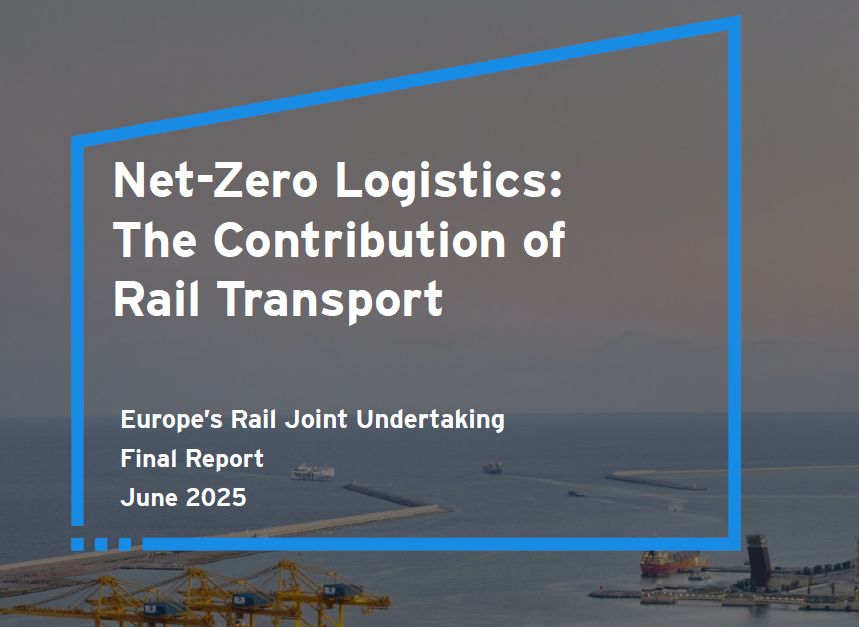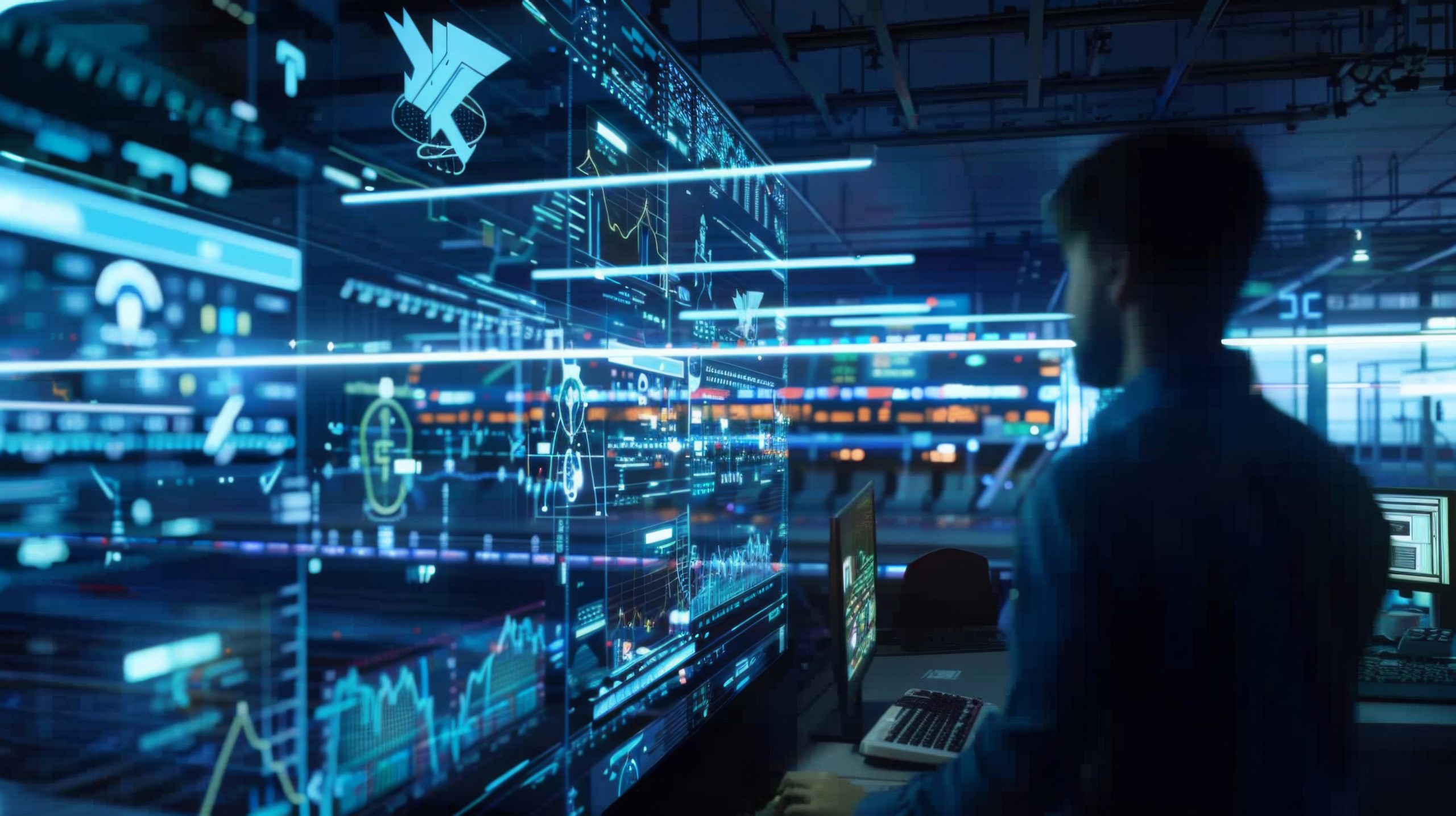Europe must take decisive steps to simplify and modernise its rail systems to strengthen competitiveness,...
D25.3 Report on the basic functional and technical specifications regarding CMS as relevant input for FP3 V1.0
Output type:
The present document constitutes the basic functional and technical specifications regarding CMS as relevant input for Flagship Project FP3 – IAM4RAIL. The term Condition monitoring systems (CMS) here refers to wayside monitoring systems and in particular the Intelligent Video Gate (IVG) concept developed within the Shift2Rail programme and the projects FR8HUB and FR8RAIL III. The concept is now further developed in a concept called “Standardised European Checkpoints” within Flagship Project FP5 – TRANS4M-R. As these checkpoints will also be developed within FP3 WP7, the main purpose of this deliverable is to provide FP3 basic functional and technical specifications developed previously for the concept within Shift2Rail as well as the vision for the further development of the concept within FP5. Moreover, as CMS also includes other wayside monitoring systems (WMS) than the IVG concept, previous work within Shift2Rail regarding these technologies will also be addressed in this deliverable.
The IVG concept was first described and showcased on a model train within Shift2Rail and the project FR8HUB and the full scale demonstrated within FR8RAIL III, including installation of gate in Gothenburg, Sweden for terminal purposes, while for yard purposes the gate in Nurnberg yard in Germany was used. The work will now continue within FP5 with extending the concept with further functionalities for terminals, yards and borders and to further European countries, both on a local/national and a European level.
Challenges experienced during the Shift2Rail projects regard first of all installation challenges; one should consider all the required steps i.e. finding a suitable location, contracting sub provider, obtaining all permissions for installation, purchasing components, transportation of equipment, construction, fine tuning while estimating costs and effort for each step. As for the technical challenges and the image processing, hit rates over 95% for character recognition (codes) are required i.e. ability to recognize more code types e.g. domestic ILU codes differs and are hard to recognize, as well as improved damage detection abilities. Regarding the technical challenges with data exchange, it is particularly worth considering that handling information of dangerous goods is strictly regulated.
Regarding Wayside monitoring systems based on other detection technologies, the industry is already providing sensors to monitor a large number of freight wagon conditions. However, there are still areas of freight wagons that are difficult or impossible to monitor with stationary or on-board sensors. However, it will not be possible to deploy a comprehensive condition detection solution at one time but step by step. The gradual integration of domestic and international data will also present economic, technical and legal challenges.
















